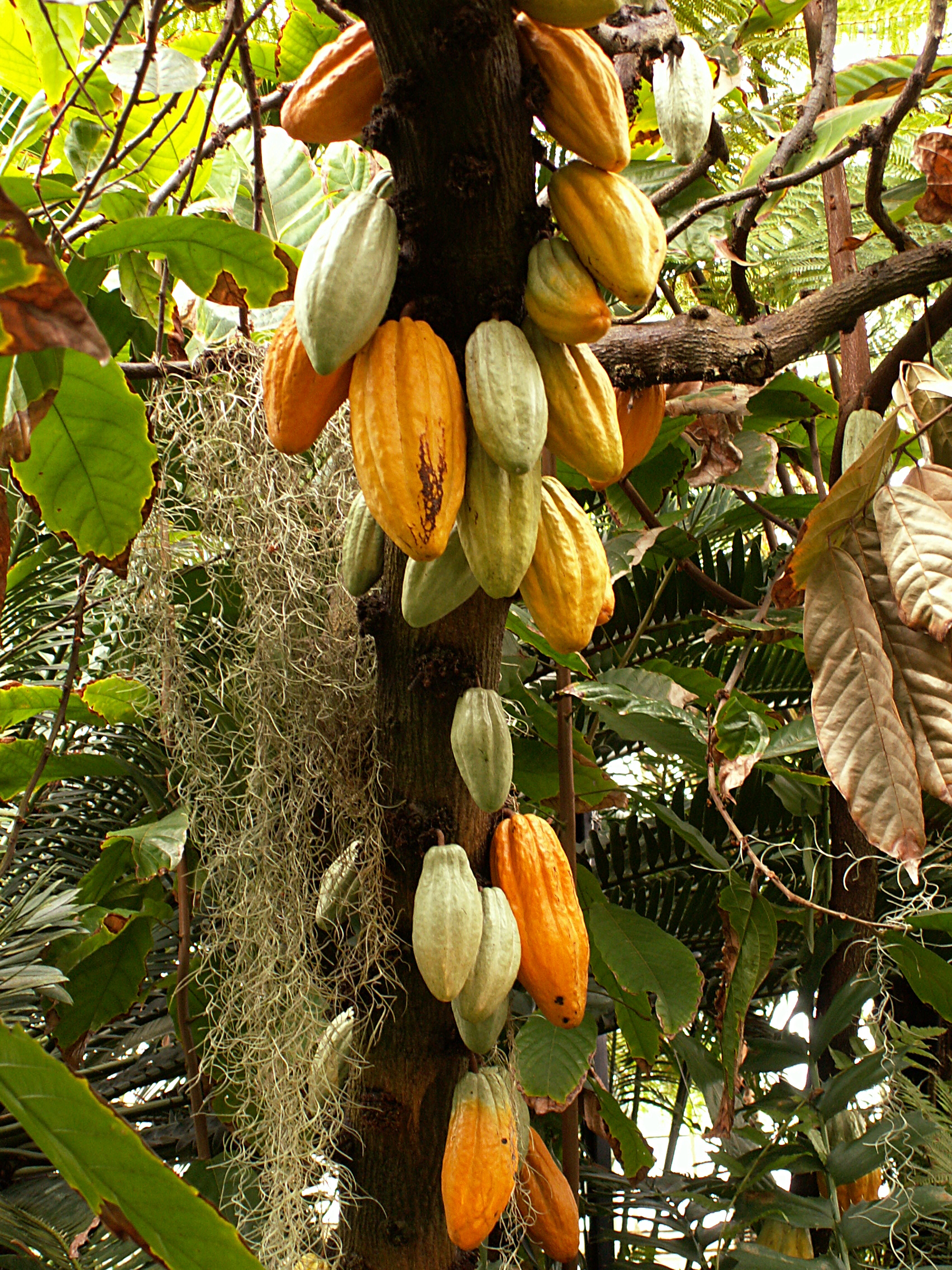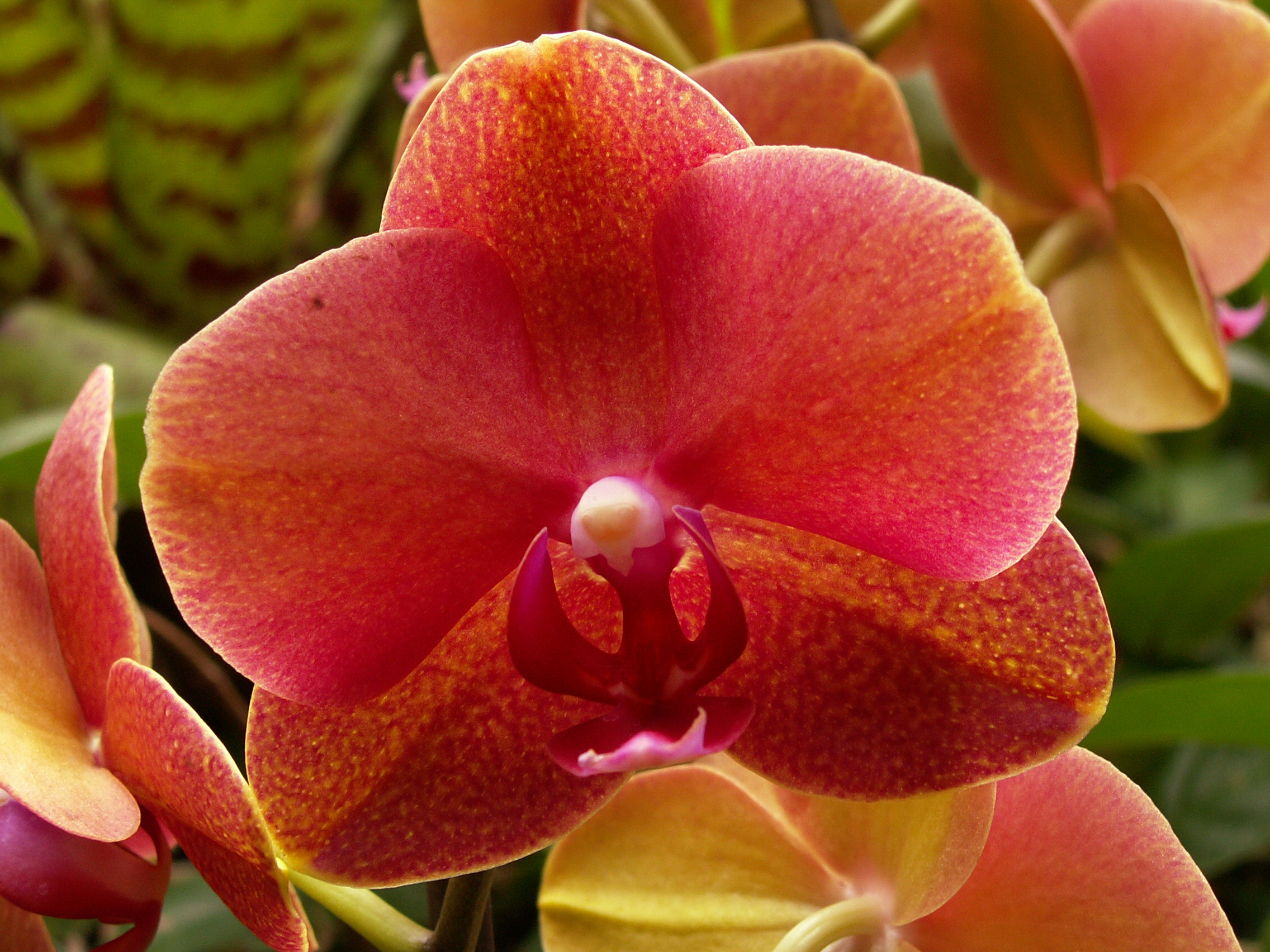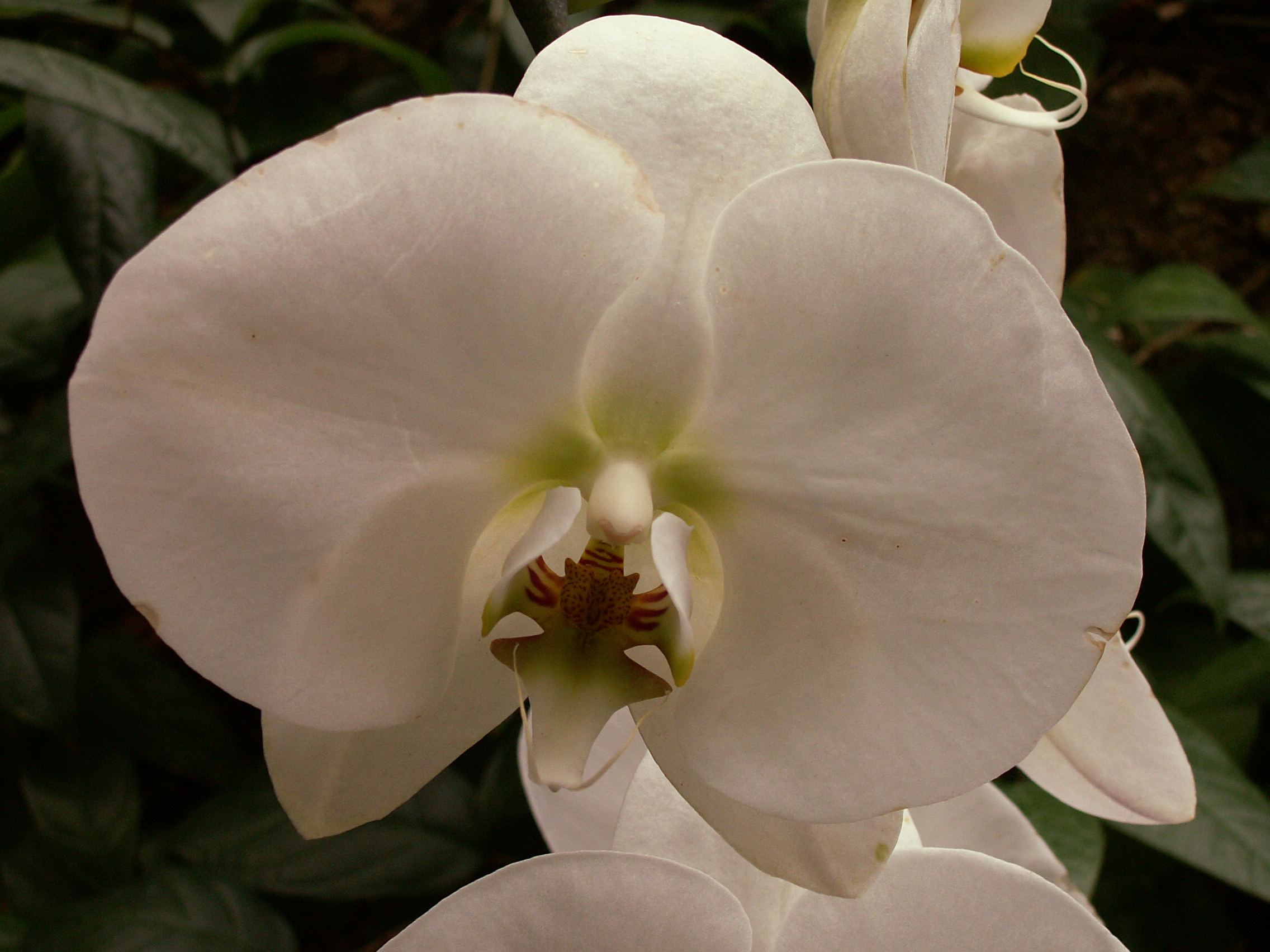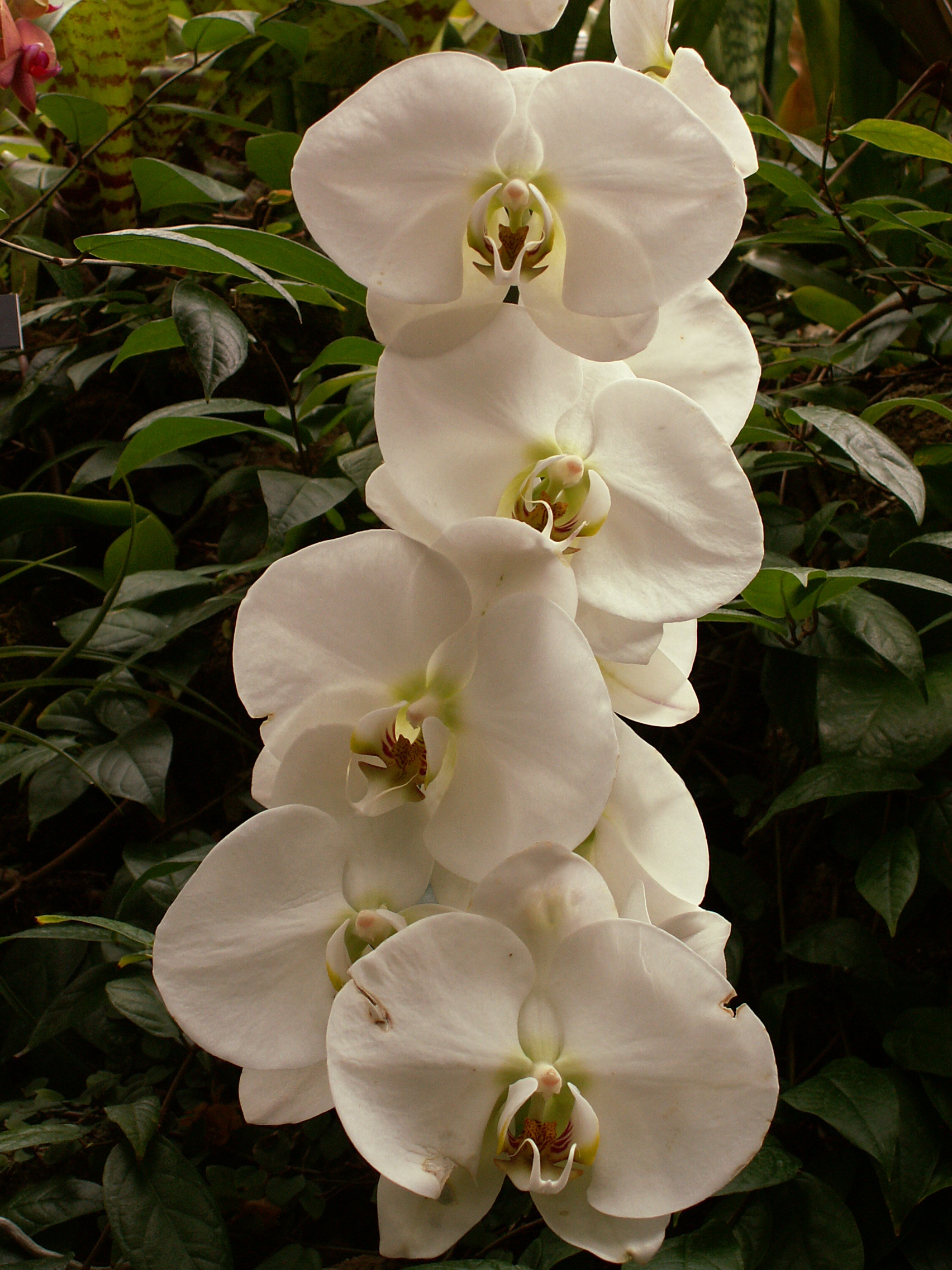
Problems with pumping equipment, according to Phipps staff, have kept the famous Victoria Lilies out of the Victoria Room for years. But now they are back and in full bloom.
Cameras: Konica-Minolta DiMAGE Z3 and Canon PowerShot A590 (hacked).





Problems with pumping equipment, according to Phipps staff, have kept the famous Victoria Lilies out of the Victoria Room for years. But now they are back and in full bloom.





The Broderie.

Triumph Tulip “Princess Irene.”

The East Room. If you look closely, you will notice some curious breaks in the leaves to the right. This extreme wide-angle shot was made from multiple photographs, and the leaves were moving in the breeze.

Poor Man’s Orchid: Schizanthus × wisetonensis “Star Parade.”

Double daffodil “Westward.”

Delphinium elatum “Guardian Blue.”

Late tulip (Tulipa tarda).

Trumpet daffodil “Dutch Master.”

Toadflax: Linaria reticulata “Flamenco.”

Meconopsis “Lingholm,” planted in the Palm House for the Spring Flower Show.



“Frizzle Sizzle Blue Swirl”
These pictures were all taken with the Konica Minolta DiMAGE Z3, which, as old Pa Pitt never tires of mentioning, he bought for 99¢.
Father Pitt disclaims all responsibility for the names of these cultivars.


“Hip Hop Cranbunny”


“Spring Matrix Midnight Glow”

It seems to Father Pitt that it is about time for an orchid, so here is a Phragmipedium hybrid.

Chocolate comes from this tree, Theobroma cacao, here seen growing in the Fern Room at Phipps Conservatory. Each of those fruits bears a number of bitter seeds, known as “cocoa beans,” from which chocolate is made. The Phipps tree is unusually productive.


These orchids are identified only as “Phalaenopsis Group,” which probably means that somewhere along the line the identifying tags were lost.







One of the great challenges of landscape design is to find some way to make the landscape interesting in the winter, when deciduous leaves are gone and there are almost no flowers. Bright red berries certainly add a lot of winter interest, as we see above.
In the picture below, the tree with the very interesting skeleton is a Dawn Redwood (Metasequoia glyptostroboides), a conifer that loses its leaves in winter.
